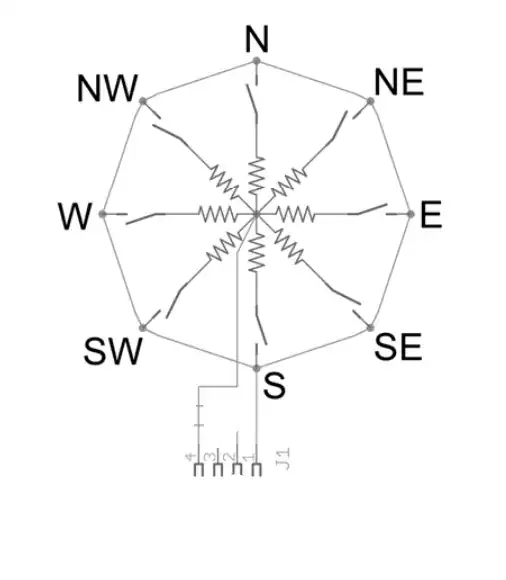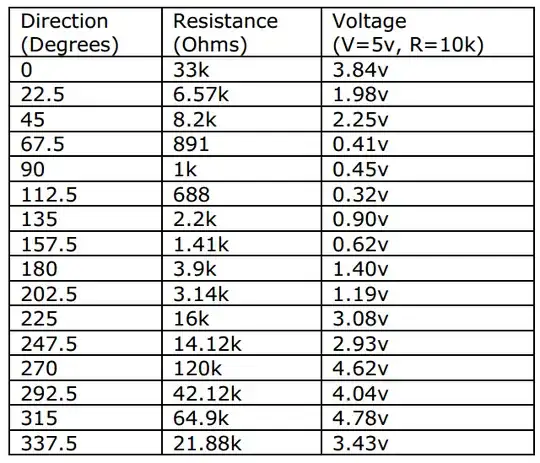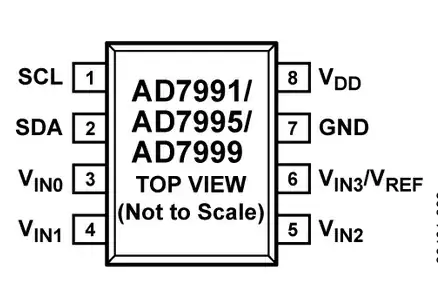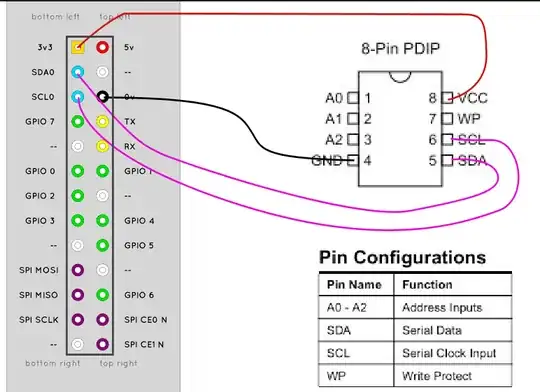Forgive my naivety but I seem to lack a vocabulary for the whole electronics domain...
I'm interested in building something to measure wind direction. Inspired by this design I would like to build a circuit of a number of reed switches (say, 8). For the sake of simplicity, let's say only one of them will be active at the same time. Although I could connect each switch directly to separate pins on the Pi I would like to combine the switches into one, common output to the Pi. Somehow.
I'm picturing me some sort of chip that could go in between my circuit and the Pi. The switches could be numbered 0-7 and the chip could output a binary number corresponding to the currently active switch.
The question is, does something like this exist? Could it be built relatively easy?



